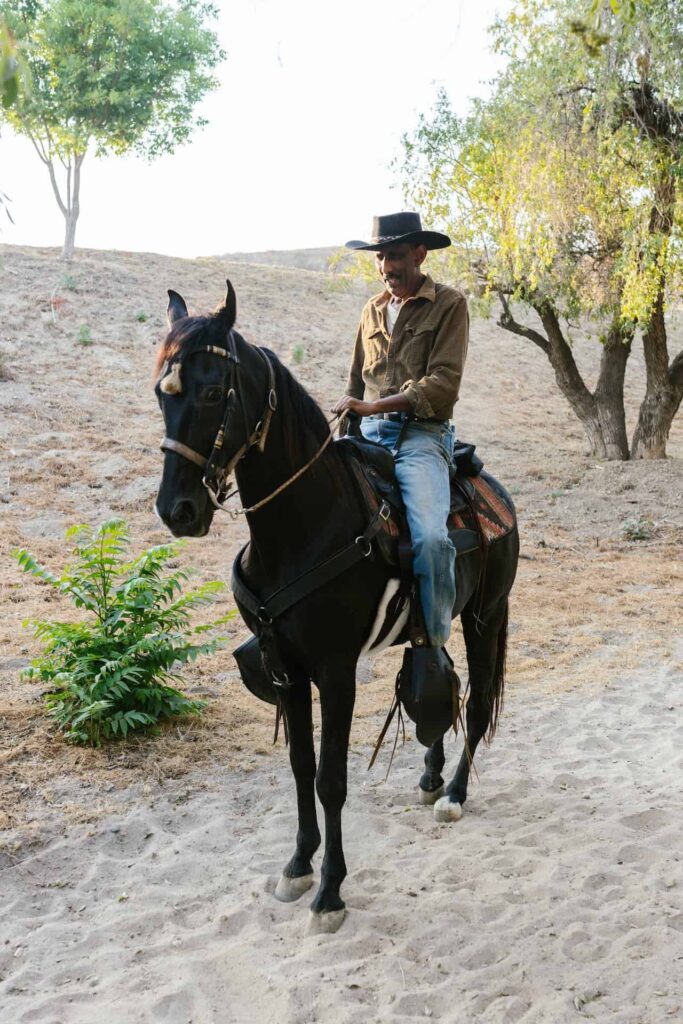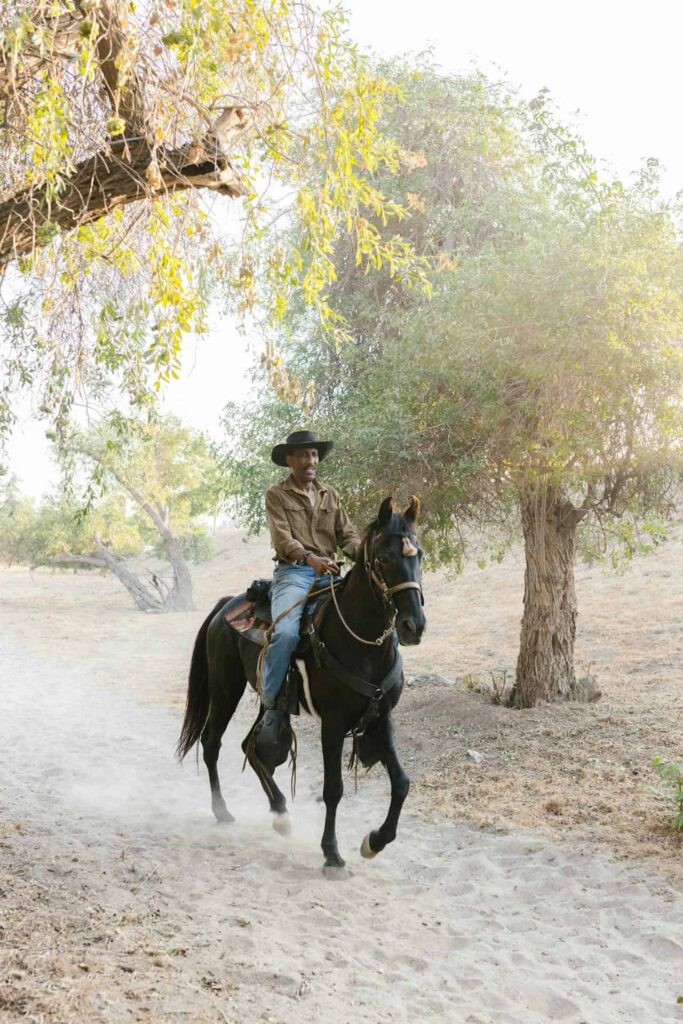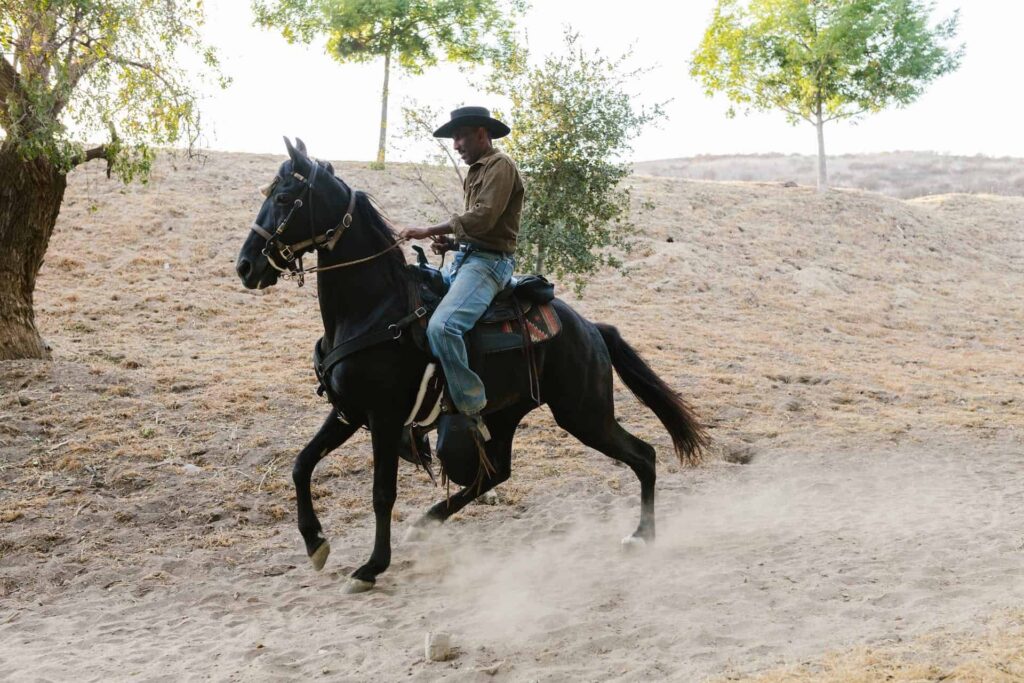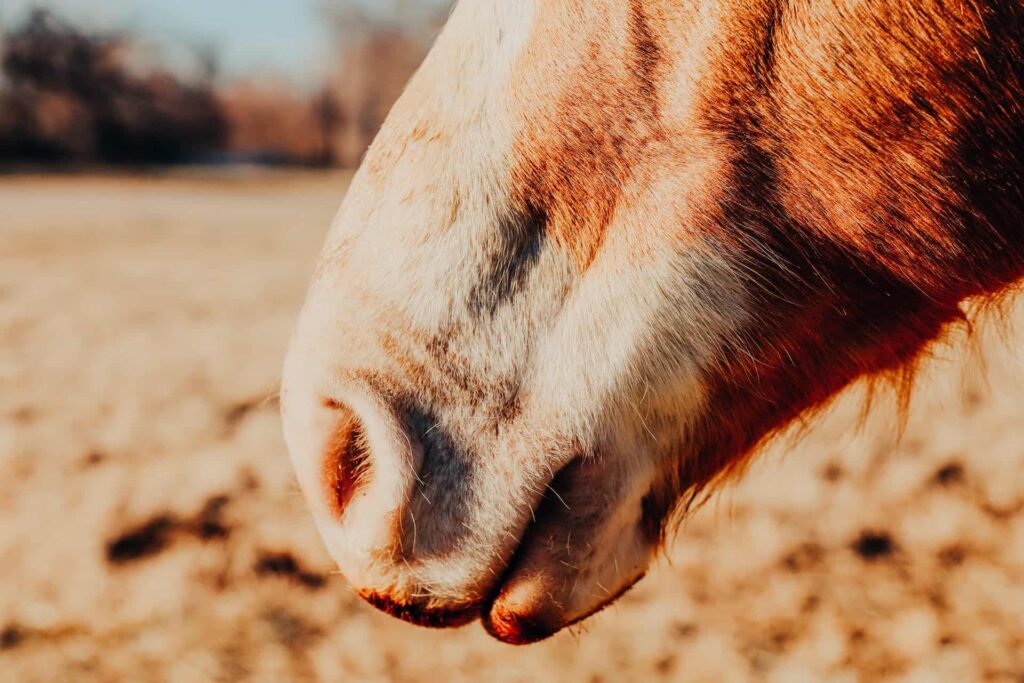Horse sounds are a fascinating aspect of equine behavior, enabling these majestic animals to communicate with each other and their human caretakers. Understanding the various types of noises horses make can provide valuable insights into their emotional state, physical well-being, and social interactions. By recognizing and interpreting these sounds, it becomes possible to foster a better connection with these creatures and respond appropriately to their needs.
Horses possess a range of vocalizations, from the familiar neighing and whinnying to the less-known nicker and snort. These sounds can convey a wide array of emotions and intentions, including affection, curiosity, distress, or even aggression. Certain types of noises may be more prevalent among specific age groups or genders, which plays a role in the social dynamics within a herd.
When observing horses, consider the context in which particular sounds are made. Their environment, the presence of other horses, and interactions with humans can all influence the meaning behind a horse’s vocalization. By learning to recognize and understand these various sounds, one can gain a deeper appreciation for the complex world of equine communication.
Key Takeaways
- Horse sounds offer insights into their emotions, health, and social interactions
- A variety of vocalizations can be specific to age, gender, or situational context
- Recognizing and understanding these sounds is crucial for forming strong connections with horses
Understanding Horse Sounds
Horses, like many animals, use various sounds to communicate with each other and their environment. These sounds can convey emotions, intentions, or even warnings. Understanding horse sounds is beneficial for anyone working with or caring for these animals, as it helps with interpreting their behavior and meeting their needs.
Horses primarily communicate through vocalizations, which include neighing, whinnying, snorting, and nickering. Each of these vocalizations has a unique meaning and helps horses relay messages to one another or express their emotions. For example, neighing is a loud, high-pitched vocalization that horses use when expressing excitement or calling out to other horses at a distance. Whinnying, on the other hand, is a softer sound, often used when greeting other horses or humans. Snorting is a short, sharp sound horses make when they are curious, alert, or alarmed, typically caused by expelling air quickly through their nostrils. Nickering is a gentle, low-pitched sound used to communicate affection or comfort, usually between a mare and her foal, or between close companions.
Horses also rely on body language and touch for communication. These non-vocal cues can help to reinforce their messages or provide additional information. For instance, a horse’s ear position can indicate its emotional state or the direction of its attention. Ears pointed forward suggest curiosity and interest, while ears laid flat against the head signify fear or aggression.
Horses are also sensitive to the sounds in their environment, and they have keen hearing abilities. They can detect both low and high-frequency sounds, which helps them perceive potential threats or locate other horses. Their hearing is also crucial for their survival, as they rely on it to detect predators or oncoming danger.
When working with horses, it’s important to be aware of their communication methods and pay close attention to their sounds and body language. A better understanding of horse sounds can lead to more effective and empathetic interactions with these intelligent animals, improving the relationship between horse and human.
Recognising Common Horse Sounds
Horses communicate through various sounds, which can provide insight into their emotions and needs. The following is an overview of some common horse sounds and the related context in which they occur.
The Neigh and Whinny
The neigh and whinny are similar sounds often used interchangeably to describe a loud, high-pitched call. These sounds are typically made when a horse is trying to communicate with other horses or humans over a distance. They can convey a range of emotions, such as anxiety, excitement, or loneliness. To distinguish between the two, a neigh has a more extended duration and is generally more intense than a whinny.
The Snort and Sigh
The snort is a sharp exhalation made through the nostrils that can signal curiosity, alertness, or even annoyance. Horses often snort in response to new environments, objects, or other animals. The sigh, in contrast, is a longer, more relaxed exhale indicating contentment or relief. A horse may sigh after completing a task or when feeling secure and comfortable in their surroundings.
The Nicker
The nicker is a low-pitched, rumbling sound produced by horses to communicate affection or recognition of familiar individuals, be it other horses or humans. They often make this sound when greeting, anticipating food, or trying to establish a bond. The horse nicker can be a useful indicator of the horse’s friendly disposition and should be encouraged through positive reinforcement.
Squeals and Groans
Squeals and groans are sounds that can provide information about a horse’s emotional state. Squeals are high-pitched and typically occur in tense situations like social conflicts or play among horses. They can be a sign of aggression, frustration, or pain. Groans, on the other hand, are low-pitched and may be made by horses when they are experiencing discomfort from exertion, illness, or injury.
Understanding these common horse sounds can help owners and handlers better interpret the needs and feelings of their horses. By paying close attention to these cues, we can communicate more effectively with these magnificent animals and create stronger bonds with them.

Sounds Specific to Age and Gender
Mares and Foals
Mares, or adult female horses, communicate with their foals using a variety of vocalizations. These sounds help forge the bond between a mare and her foal and facilitate their interaction. A mare’s whinny may convey different messages, depending on its pitch and duration, while nickers have a more calming and reassuring effect on foals.
Foals, or young horses, also produce specific sounds that help them communicate with their mothers. They rely on high-pitched whinnies and soft nickers to gain attention and express their emotions. As foals grow older, their vocalizations may change to more closely resemble those of adult mares.
Related: How Much Does a Foal Cost
Stallions
Stallions, or adult male horses, produce unique and distinct vocalizations to establish their dominance and attract potential mates. Their sounds may vary in pitch and intensity, depending on the situation and the message they intend to convey.
A stallion’s nicker is often deeper in tone compared to mares and foals and is used to assert authority, especially during competition with other stallions. A stallion’s whinny may serve as a display of power and dominance, as well as a means of establishing communication with other horses in the herd.
It’s important to note that the sounds horses make can convey a wealth of information about their age, gender, and emotional state. Understanding these variations in horse vocalizations may help caretakers, trainers, and enthusiasts decipher the specific needs and desires of these majestic animals.
Horse Sounds in Mood and Behaviour
Relaxed and Playful
Horses communicate their emotions and moods through a variety of sounds and body language cues. When a horse is relaxed and playful, you might hear soft neighs or whinnies, which indicate their content and calm attitude. They may also engage in mutual grooming with other horses or perform playful antics that involve bucking, rearing, or rolling on the ground. Their body language will be loose, with their ears perked forward and their tail held away from their body. In these moments, horses often seek companionship or play with other horses, demonstrating their bored or playful mood.
Excited and Threatened
When a horse is excited or feels threatened, their sounds and body language can change dramatically. They may make louder noises, such as snorts, to show excitement and warn others. Their body language may become tense and rigid, with ears flattened against their head, and tail tucked between their legs or swishing back and forth quickly. These cues signal stress or agitation, and their body language might exhibit defensive or aggressive behavior, such as stomping, charging, or baring their teeth. In some instances, this behavior may stem from separation anxiety or a show of dominance towards other horses.
In Pain
Recognizing when a horse is in pain helps provide timely care and attention. Horse sounds indicating pain can include groaning, teeth grinding, or more urgent vocalizations like high-pitched whinnies or screams. Pain can also manifest through body language, such as limping, head tossing, or shifting weight off a painful limb. Horses may exhibit stress through excessive sweating, rapid breathing, or an elevated heart rate.
It is crucial to observe your horse’s sounds and body language closely, as understanding their emotional state will help ensure their well-being and foster a positive, trusting relationship.
Horse’s Nostrils and Communication
In the world of equine health and communication, understanding the significance of the horse’s nostrils is crucial. Not only do nostrils serve as a component of their respiratory system, but they also play a role in communication through various sounds.
Horse’s nostrils are designed to maximize airflow during their high levels of activity and performance. They primarily breathe through their nostrils, making them obligatory nose-breathing animals. This unique feature enables them to maintain a sufficient supply of oxygen during exercise.
When a horse is blowing air, it is more than just a simple release of breath. A well-known sound, the blow, is a forceful expulsion of air through the nostrils. The nostrils dilate completely during the brief blow, assisting in efficient respiration. According to a study, the blow can also be a form of communication, indicating curiosity, relaxation, or contentment.
Another sound produced by horses through their nostrils is the snort. A snort is similar to a blow, but slightly more forceful and typically accompanied by a stronger exhalation. This sound can serve as a warning signal to others or a release of tension during moments of apprehension.
The horse’s nostrils are also vital for filtering out dust and debris from the inhaled air. They help keep the respiratory tract clear and protect the animal’s lungs from potential harm. Nostrils can provide valuable information about the horse’s health, such as signs of respiratory distress or nasal discharge.
The horse’s nostrils play a much more significant role than merely blowing air. They contribute to the animal’s ability to breathe efficiently, communicate through distinctive sounds, and maintain respiratory health. By understanding these different aspects, horse caretakers and enthusiasts can better appreciate the remarkable function and importance of the horse’s nostrils in their daily lives and well-being.

Horse Sounds in Different Situations
Exercising and Riding
When horses exercise or are ridden, they often produce a variety of sounds. One common sound is an audible exhale, or snort, as they release air from their nostrils. This sound typically signals relaxation and contentment. Horses may also neigh or whinny during exercise, which can indicate excitement or anxiety. Riders need to pay attention to these sounds as they can provide insight into the horse’s emotional state.
In the Field
Horses communicate with each other using a range of sounds when they are in the field. These sounds can include nickers, snorts, and neighs. A nicker is a soft, throaty sound that horses make when they are content or seeking attention from another horse. Snorts, as mentioned earlier, can indicate relaxation or alertness to a potential threat in the environment. A neigh or whinny is a louder, more intense sound that horses use when they are separated from their herd or are trying to locate other horses. These sounds help horses maintain social bonds and convey important information to each other.
Colic and Illness
When a horse is experiencing colic or other illnesses, it may produce distinct sounds to communicate its discomfort. Groaning, for example, can be a signal that a horse is in pain. A horse with colic may stretch its neck and make a grunting sound as it tries to relieve its discomfort. Owners and caretakers need to recognize these sounds and seek veterinary assistance when necessary, as they can be crucial indicators of a horse’s health. Being able to identify and understand these sounds may play a significant role in early detection and proper care.
Related: Horse Health
Frequently Asked Questions
What are common horse noises and their meanings?
Horses communicate via different sounds, each with a specific meaning. Whinnying, for instance, is a high-pitched sound that signifies either distress or a call for attention, while neighing is a mix of both high and low pitches, which could mean excitement, curiosity, or even anxiety. Snorting, a vibrating nasal sound, is often an expression of alertness and sometimes pleasure in horses.
How does a horse express anger through sound?
When expressing anger, horses typically produce a more aggressive sound called a squeal. This is a prolonged, high-pitched noise, often accompanied by flattening their ears back against their head and baring their teeth. Squealing is a warning signal that the horse is upset and may act defensively or aggressively.
What does a horse’s galloping sound signify?
The galloping sound made by a horse is due to the rhythmic beating of its hooves against the ground. This sound signifies that the horse is moving at a fast pace, either in response to a stimulus, as part of a playful activity, or simply for exercise. The pattern and tempo of the galloping sound can vary depending on the horse’s speed and gait.
How can you mimic a horse sound?
To mimic a horse sound, you can start by attempting to reproduce a neigh or a whinny. To do this, lower your voice to create a deep vibration and then transition to a higher pitch, similar to a whinny. For emulating a snort, exhale sharply through the nostrils while keeping your mouth closed. Practice various horse sounds to achieve more accurate imitations.
What are some calming horse sounds for children?
Horses produce calming sounds like gentle nickering, which can be soothing for both horses and children. Nickering is a soft, low-pitched vocalization that horses use as a greeting or to express affection towards their companions. By exposing children to recordings of these calming horse sounds or letting them experience interactions with calm and gentle horses, children may find relaxation and comfort.
What makes a horse’s neighing sound scary?
A horse’s neigh can be perceived as scary due to its volume, intensity, and the emotions it conveys. Horses neigh when they are excited, frightened, or agitated, and these emotions can resonate through the sound, making it unsettling for some listeners. The abruptness and unpredictability of neighing can be startling, especially if one is not familiar with horse behavior.
Last Updated on November 23, 2023 by Nate Dewsbury



